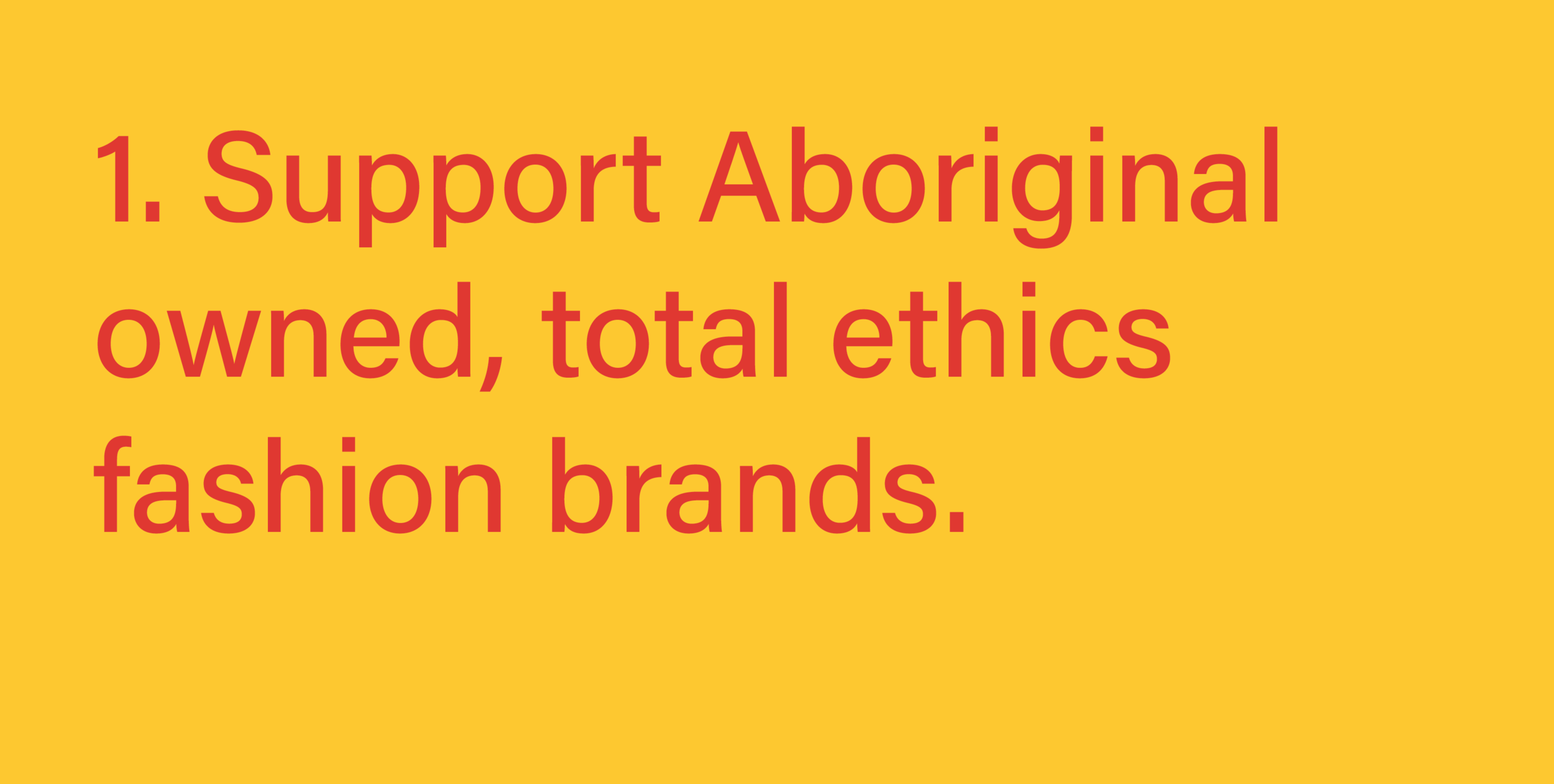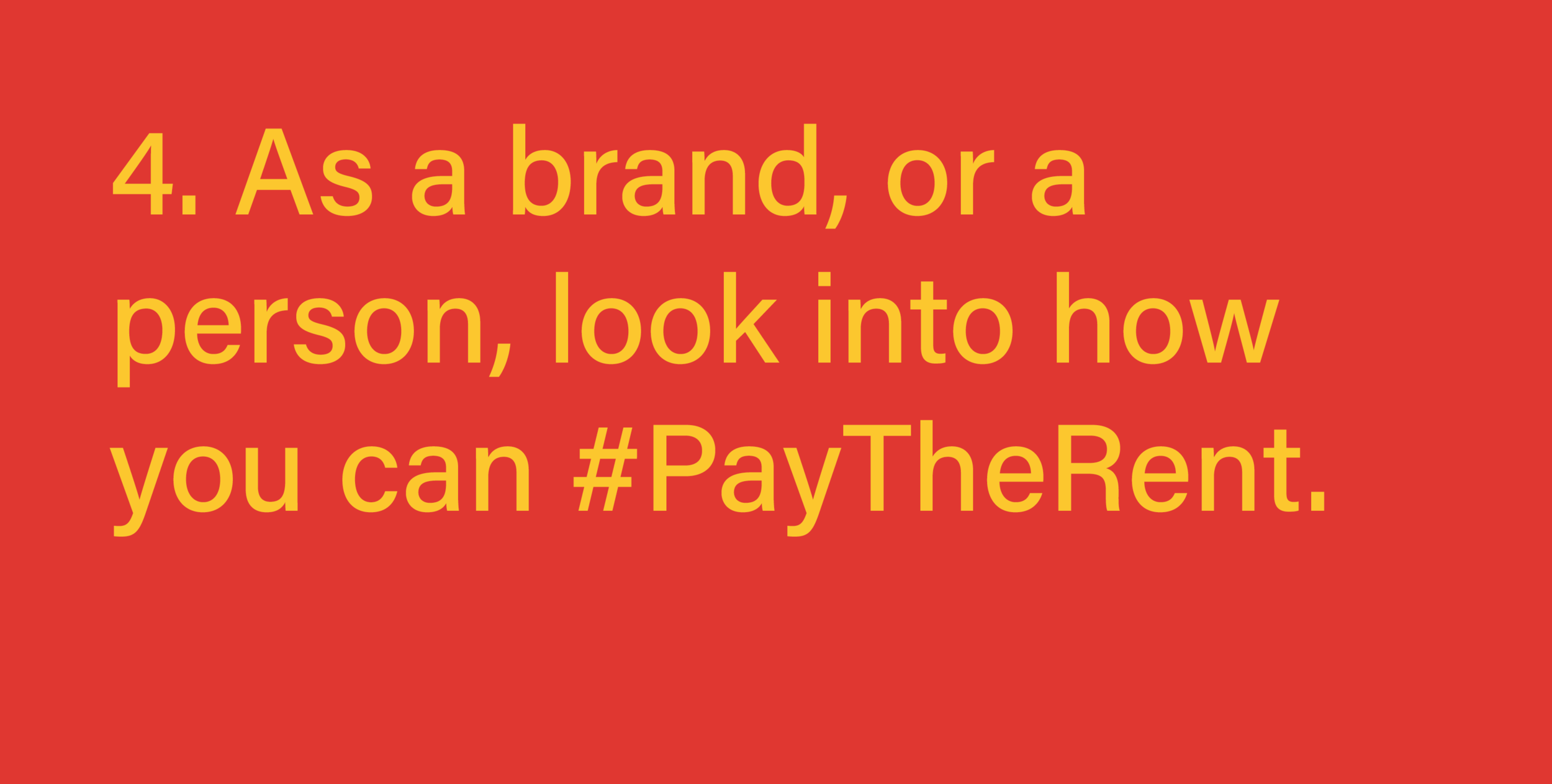Fashion activism on Invasion Day
January 26th in so-called Australia marks the day in which the Aboriginal people of this land were invaded. After having lived for so many generations here, British colonisers committed genocide, killing and raping Aboriginal people.
As time progressed, white people attempted to further destroy the Aboriginal people, by stealing children away from their families, in attempts to ‘breed out’ their Aboriginal genes. These were the events of what is now called the ‘Stolen Generation’.
Today, Aboriginal people suffer with intergenerational trauma. They are more likely to be incarcerated, even as children. They are more likely to be killed by police, with a 16.5 times greater chance of dying in custody than a non-indigenous person. Aboriginal people in this country are likely to die sooner, are less likely to be granted access to the same education as white people, and are more likely to live in over-crowded dwellings, and to experience domestic violence.
Aboriginal people still do not have their land rights, as well still, as white people, all live on stolen land, of which sovereignty was never ceded.
Today, on Invasion Day, as a fashion-orientated organisation we thought we would share information on how the way you dress, and your fashion activism can support Aboriginal people today and always. We’re keeping it short and sweet, so you can get onto the work:
1. Support Aboriginal owned, total ethics fashion brands
By buying ethical clothes and accessories from Aboriginal owned brands, you support creativity and excellence while redistributing wealth.
If you can’t afford to buy, support by sharing posts from your favourite brands, by liking and engaging with their content. This boosts them up higher in the algorithm.
We admire brands including Deadly Denim, Liandra Swim, Clothing the Gap, Haus of Dizzy and Bimbi Love.
2. Avoid animal-derived materials which cause the destruction of indigenous land and country
The most land intensive materials are natural ones, and particularly those which are derived from animals.
In so-called Australia, 54% of all land that is cleared is done so for cattle and sheep grazing,so people can buy leather, wool and flesh.
This is Aboriginal land, being destroyed by colonisers who brought non-native animals with them. In Dark Emu, a book by Bruce Pascoe, 17th century colonisers are cited, reporting on the near immediate destruction of grasslands and edible vegetation by sheep.
This cleared land should be passed back to the Aboriginal community, who know how to care for country, restoring natural biodiversity. A plant-based agricultural system, which can feed us as well as clothe us, in biodegradable materials that are less land-intensive, requires 75% less land.
3. Dress sustainably by wearing recycled garments, shopping second-hand and mending the clothes you already have
Aboriginal people have a sacred connection to country. As the climate crisis escalates, this is devastating to Aboriginal people in a way that white people will not be able to fully understand.
Further, indigenous communities are more likely to experience the impact of the crisis sooner.
4. As a brand, or a person, look into how you can #PayTheRent
“We live on land that was forcibly taken from Aboriginal people, to whom reparations have never been paid.”
- Pay the Rent
You can head to paytherent.net.au to learn more and to set up a once-off or regular, monthly payment to Aboriginal communities, distributed as seen fit by a Sovereign Body of First Nations people.
5. Hire Aboriginal creatives and models to work on your campaigns and projects
There are talented Aboriginal models and creatives, but they are not represented enough in the fashion industry.
Seek them out, pay them fairly, collaborate with them and help diversify the industry for the better.
When it comes to models, check out Jira Models.
6. Be vocal. It’s not boring or unfashionable to be committed to social justice
Your personal or brand aesthetic won’t be ruined by standing in solidarity with Aboriginal people. Even if it were, do it anyway - this is more important.







